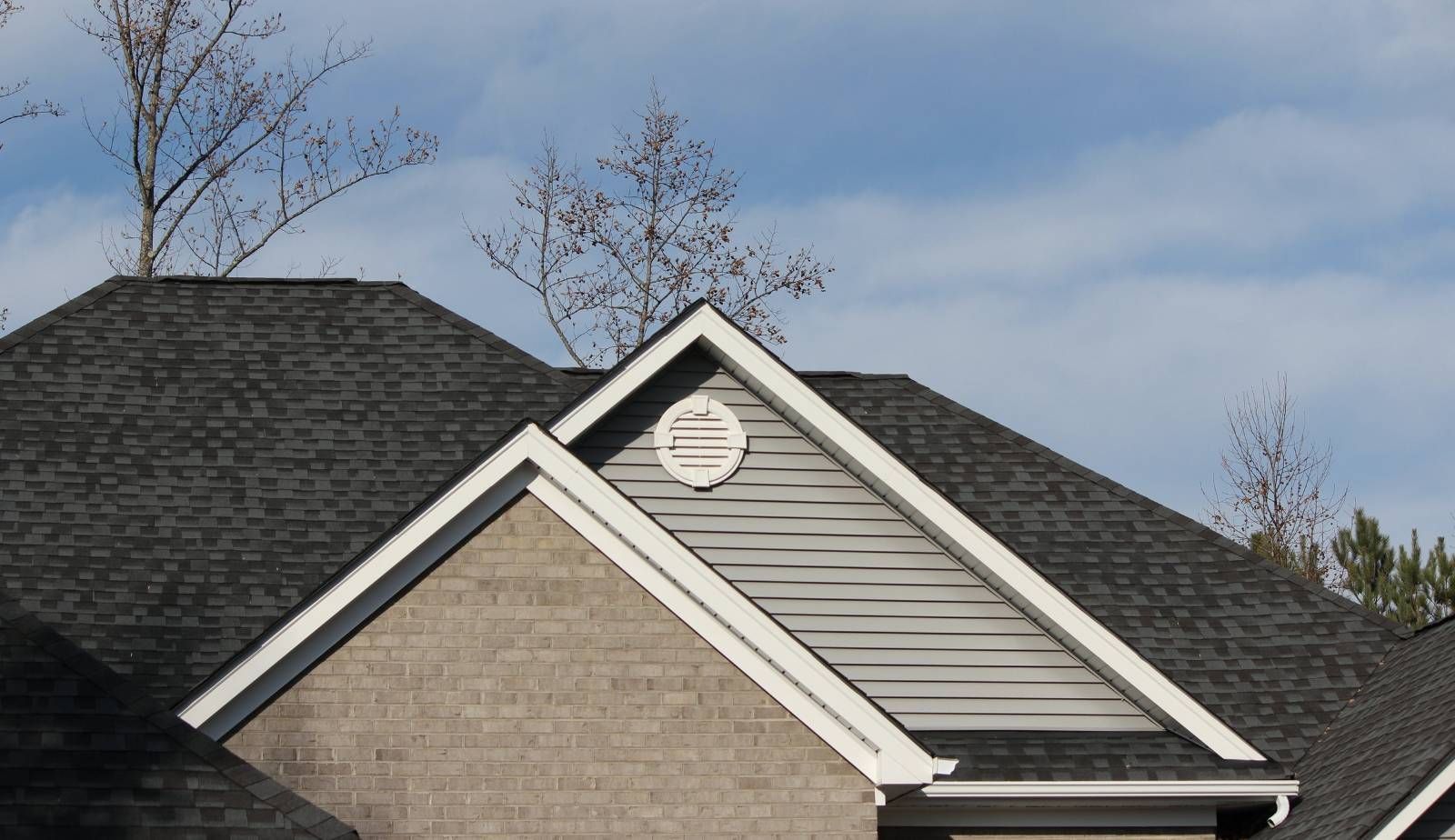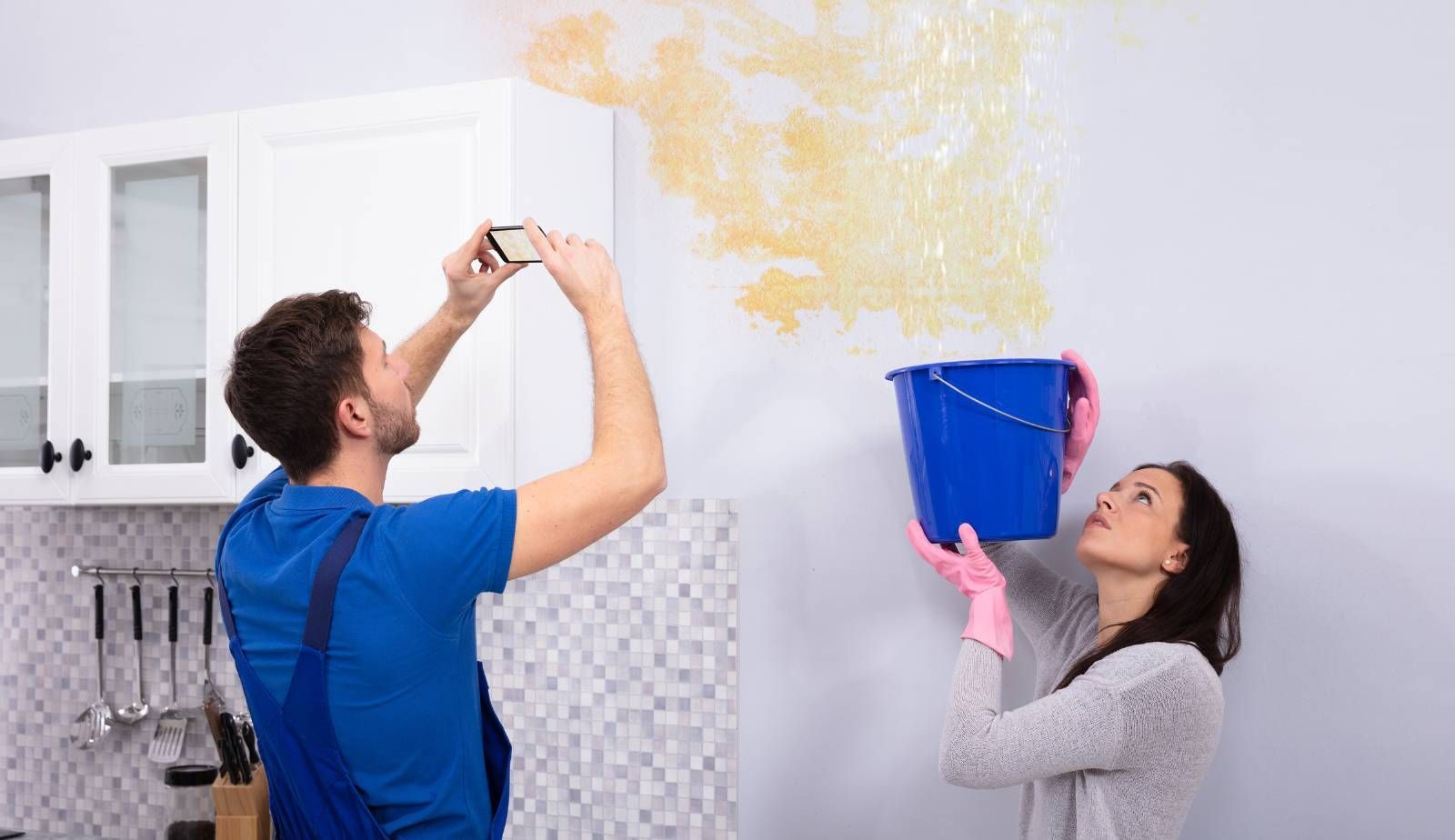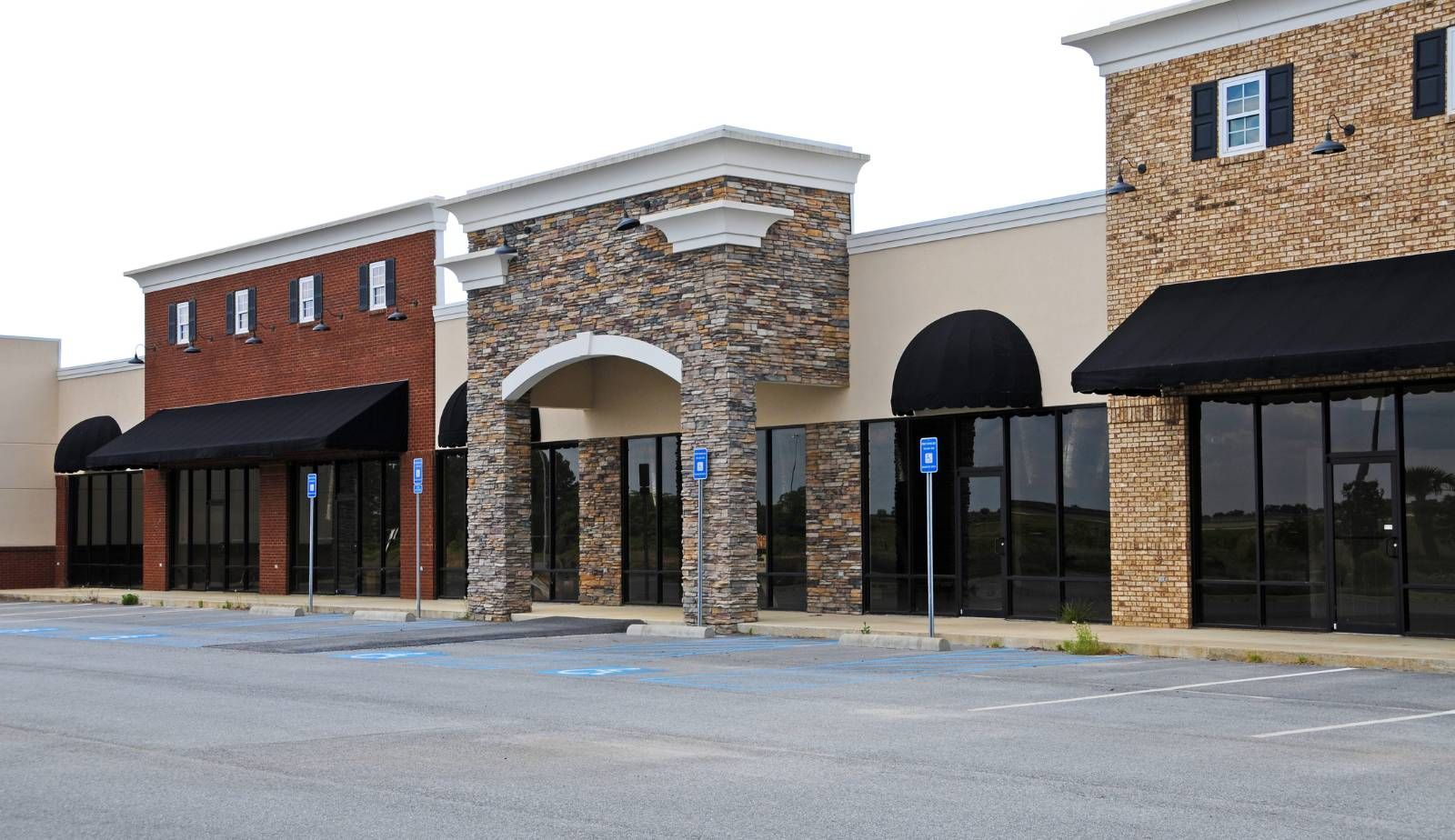Navigating the Aftermath: A Louisiana Homeowner’s Guide to Fire Damage Assessment and Restoration
Navigating the aftermath of a house fire can be overwhelming for any Louisiana homeowner. Understanding how to assess fire damage and the steps to restoration is crucial for returning to normalcy. Homeowners must prioritize safety before inspecting their property, ensuring there are no hazards such as structural instability or lingering smoke. A thorough assessment will help identify the extent of the damage and what areas require immediate attention.
After evaluating the property, it is essential to coordinate with professional restoration services to address the complexities of fire damage. These experts can provide valuable insights into the restoration process, helping homeowners avoid common pitfalls. Additionally, having a clear plan for disaster preparedness and ongoing fire safety measures can significantly reduce risks in the future.
As homeowners embark on this journey, having a step-by-step guide to navigate fire damage assessment and restoration will not only alleviate stress but also empower them to make informed decisions. Whether it's documenting damage for insurance claims or understanding the restoration timeline, this comprehensive guide serves as a vital resource for effective recovery.
Understanding Fire Damage
Assessing fire damage is crucial for homeowners to determine the necessary steps for restoration. Fire can affect a property in multiple ways, and understanding these impacts is essential for effective recovery.
Types of Fire Damage
Fire damage can be categorized into several types. Structural damage occurs when flames compromise the integrity of beams, walls, or roofing. Assessing this damage often requires a professional evaluation.
Smoke damage affects surfaces and can penetrate porous materials. It leaves behind stains and unpleasant odors. It is essential to address this quickly to prevent further deterioration.
Lastly, water damage is frequently a result of firefighting efforts. Water used to extinguish the flames can lead to mold growth and additional structural issues. Prioritizing the assessment of these types can guide homeowners in their recovery efforts.
Immediate Steps After a Fire
After a fire, safety is paramount. Homeowners should first contact the fire department to ensure the property is safe to enter. Emergency services may assist in securing the area.
Next, a detailed initial assessment should be conducted. This includes evaluating visible damage and identifying areas affected by smoke and water. Homeowners should document the damage with photographs for insurance purposes.
They must also review their emergency plan. Ensuring all property members know what steps to take can mitigate further risks. Additionally, restoring critical utilities like water and electricity should be part of the immediate response.
Fire Safety Measures
Prevention is the best strategy against fire damage. Homeowners should equip their properties with smoke alarms to alert them early in case of fire. Regular testing and battery replacement for these devices are crucial for functionality.
Fire extinguishers should be placed strategically around the home. They must be easily accessible in case of small fires. Homeowners should familiarize themselves with how to use them effectively.
Maintaining an emergency plan is vital. This includes knowing escape routes and establishing a meeting point outside the home. Educating all family members on these procedures enhances safety and preparedness.

Pre-Assessment Actions
Taking the right pre-assessment actions is crucial for a homeowner after experiencing fire damage. These steps ensure safety, facilitate effective restoration, and help in the insurance claims process.
Secure the Property
The first priority is to ensure the safety of the property. Once the fire department has declared the site safe, the homeowner should take steps to prevent unauthorized access. This could involve boarding up windows, securing doors, and using tarps to cover any exposed areas of the roof.
Next, any water or firefighting chemicals leftover should be addressed. Standing water can lead to mold growth, so proper drainage is essential. Homeowners may want to contact a damage mitigation company to assist in securing the property and reducing further damage.
It is also important to document any prevention measures taken. This may be required for insurance claims and future assessments.
Documenting the Damage
Thorough documentation is vital in assessing fire damage and initiating the restoration process. Homeowners should take clear photographs and videos of damaged areas and items, making sure to capture details from various angles. This can assist restoration professionals as they evaluate the extent of the damage.
Creating a written inventory of damaged items is essential. This list should include a description of each item, its condition, and any visible damage. Homeowners should also note the approximate value of items, especially for insurance claims.
Collaboration with restoration professionals is beneficial during this phase. They can provide insights on what to document and how it affects the restoration process. An accurate record will expedite the insurance claims process, ensuring homeowners receive the necessary funds for repairs.
Working with Insurance
Navigating the insurance claims process is crucial for homeowners recovering from fire damage. It involves several key steps, including the filing of a claim, meeting the insurance adjuster, and understanding the details of the coverage provided by the insurance company.
Filing a Claim
To initiate the claims process, the homeowner must file a claim with their insurance provider. This should be done as soon as possible after the fire incident. Homeowners need to gather relevant documentation, such as the policy number, a description of the damage, photographs of affected areas, and any receipts for emergency repairs.
Once all necessary information is collected, the claim can be submitted via the insurance company's online portal, by phone, or through a claims adjuster. It's important for the homeowner to detail any structural damage and personal property loss. A clear and concise claim is vital to facilitate a smoother process and to ensure they receive fair compensation.

Meeting the Insurance Adjuster
After filing, an insurance adjuster will be assigned to assess the damage. This meeting is an essential step in the claims process. The adjuster evaluates the extent of the fire damage and formulates a report for the insurance provider.
Homeowners should be prepared during this meeting. It’s crucial to point out any areas of concern and provide the adjuster with documentation gathered earlier. The adjuster will consider not only visible damage but also potential underlying issues. Being organized and thorough can help ensure that all relevant damage is accounted for, ultimately affecting the compensation amount.
Understanding Your Coverage
A clear understanding of the homeowner's insurance policy is pivotal. Each policy may vary significantly regarding coverage for fire damage. Homeowners should review their policy to identify specific coverages, including structural damage and personal property loss.
It’s recommended to engage with the insurance company to clarify terms regarding coverage limits, deductibles, and exclusions. Knowing what to expect in terms of financial compensation can alleviate stress during the restoration process. Homeowners should also inquire about additional living expenses (ALE) coverage, which may help cover costs incurred from temporary housing during repairs.
The Restoration Process
Understanding the restoration process is vital for homeowners following a fire incident. This includes initial cleanup steps, the role of professional restoration services, and the necessary reconstruction and repairs to ensure safety and restore the home.
Initial Cleanup
The initial cleanup starts immediately after the fire is extinguished. Homeowners should ensure the property is safe to enter, ideally with guidance from professionals.
Key steps in initial cleanup include:
- Removing debris: Gather up burnt materials and hazardous items.
- Water removal: Address water damage caused by firefighting efforts to prevent mold growth.
- Soot removal: Use specialized techniques to clean surfaces and prevent further damage.
Employing protective gear, like gloves and masks, is essential during this phase. Homeowners might consider using a vacuum designed for soot removal to minimize inhalation hazards.
Professional Restoration Services
Engaging professional restoration services is crucial for effective recovery. Certified experts can assess the damage comprehensively and implement a tailored restoration plan.
Main services include:
- Structural assessment: Professionals evaluate damage to beams, walls, and floors to ensure stability.
- Deodorization: Utilizing specialized equipment, they eliminate smoke odors trapped in fabrics and materials.
- Comprehensive cleaning: They conduct deep cleaning to remove soot and prevent health risks.
Collaboration with the homeowners' insurance can also aid in covering the costs of these services, making it essential to document all damages thoroughly.
Reconstruction and Repairs
Following cleanup and initial assessments, reconstruction and repairs are necessary to restore the home fully. This phase involves addressing both aesthetic and structural concerns.
Key elements of reconstruction include:
- Structural repairs: Reinforcing or replacing damaged structural elements is crucial for safety.
- Drywall installation: New drywall will replace areas that were damaged or destroyed during the fire.
- Finishing touches: This includes painting and installing flooring to return the home to pre-fire conditions.
Homeowners should work closely with contractors to ensure all repairs meet safety standards and regulations. Regular inspections during this phase help prevent future issues.

Salvaging and Recovery
After a fire, homeowners must focus on salvaging items and eradicating smoke odors. Understanding the right methods can significantly improve the recovery process and reduce further damage.
Handling Salvageable Items
Some items may be salvageable after a fire. Homeowners should first assess the condition of their belongings. They must identify which items can be restored and which should be discarded.
Steps to handle salvageable items:
- Wear Protective Gear: Gloves, masks, and goggles help protect against debris and harmful chemicals.
- Sort and Categorize: Go through items methodically. Separate those that are charred, singed, or merely smoky.
- Document Everything: Take photographs for insurance claims.
- Consult Professionals: For fragile items or valuable antiques, it’s wise to seek professional restoration services.
- Clean Immediately: Smoke and soot can cause further damage. Use appropriate cleaning solutions for different materials.
Taking these steps will aid in preserving important belongings while minimizing the impact of fire damage.
Eradicating Smoke Odors
Smoke odors can linger long after the flames are extinguished. Addressing them promptly is essential for restoring a home’s comfort and livability.
Methods to eliminate smoke odors:
- Ventilation: Open windows and doors to allow fresh air in. Use fans to circulate air.
- Cleaning Surfaces: Wipe down walls, ceilings, and floors using a solution of vinegar and water, which neutralizes odors.
- Textiles and Upholstery: Launder curtains and clean furniture. Use specialized cleaning products designed for smoke damage.
- Air Purifiers: Consider using HEPA air purifiers to capture airborne particles and odors.
- Professional Treatments: For severe odors, homeowners may require ozone treatments or fogging services from restoration experts.
Following these methods will help ensure the home is restored to a pleasant and livable state after experiencing fire damage.
Long-Term Considerations
After experiencing fire damage, homeowners must adopt a proactive approach to maintain their property and prevent future incidents. Consider essential aspects, such as ongoing maintenance and effective prevention strategies, to ensure the home remains safe and secure.
Ongoing Maintenance
Regular maintenance is crucial for the long-term well-being of a home after fire damage. Homeowners should conduct thorough inspections of all areas affected by fire and smoke, including walls, ceilings, and electrical systems.
Recommended actions include:
- Check for structural integrity: Look for signs of weakening in beams and walls.
- Inspect utilities: Ensure gas, water, and electrical systems are functioning safely.
- Replace damaged materials: Focus on insulation, drywall, or flooring that cannot be restored.
Additionally, keeping fire extinguishers readily available and in good working condition is vital. Homeowners should replace extinguishers every 5 to 10 years, depending on the type, and familiarize themselves with their use during regular safety drills.
Future Prevention Strategies
To minimize the risk of future fires, homeowners must implement effective prevention strategies. Establishing a comprehensive fire safety plan is the first step.
Key components of a fire safety plan include:
- Install smoke detectors: Check their functionality monthly and replace batteries annually. Upgrade to interconnected smoke detectors for enhanced safety.
- Create an escape plan: Map out clear escape routes and practice them with family members.
- Store flammable materials safely: Keep items like gasoline or propane away from living spaces.
Homeowners should also engage in disaster preparedness, which includes regularly reviewing safety standards and regulations. Additionally, attending fire safety workshops can provide valuable insights into modern fire prevention techniques.
Frequently Asked Questions
Fire damage can create confusion and concern for homeowners. Understanding the steps to take and the assessment process is crucial for effective recovery. The following questions provide clarity on safety procedures, immediate actions, and coordination with professionals.
How do I perform a safety check before entering my fire-damaged home?
Before entering a fire-damaged home, it is important to assess the safety risks. Homeowners should look for signs of structural damage, such as sagging ceilings or walls. They should also check for hazardous materials, including smoke inhalation risks.
Wearing protective gear, such as gloves and masks, is essential. It prevents exposure to harmful substances. If there is any doubt about safety, contacting a professional is recommended.
What are the immediate steps to take following home fire damage?
After a fire, homeowners should first ensure everyone's safety before starting any recovery actions. They should turn off utilities to prevent further hazards, such as gas leaks or electrical issues.
Next, contacting the insurance company is crucial to report the damage. Documenting the extent of the damage with photographs will help during the claims process.
What are the key elements of a fire damage assessment?
A thorough fire damage assessment includes evaluating both visible and hidden damage. Inspecting walls, ceilings, and floors for charred material is critical.
Homeowners should also assess smoke damage to personal belongings. It is important to document each area to inform the restoration process effectively.
How should I document fire damage for insurance purposes?
Documentation should be detailed and organized. Taking clear photographs of damaged areas, including close-ups of charred materials and smoke damage, is essential.
Homeowners should also keep a written inventory of damaged possessions. This information will support the insurance claim process significantly.
What are the commonly overlooked areas during a fire damage inspection?
During inspections, homeowners often overlook areas like attics and basements. The smoke can travel and affect these spaces, causing unseen damage.
Additionally, HVAC systems can trap smoke and harmful particles, making thorough checks necessary. Ignoring these areas can lead to further complications during restoration.
What is the best approach to hiring and working with a fire restoration contractor?
When hiring a fire restoration contractor, homeowners should look for licensed and insured professionals. Checking references and online reviews will provide insight into their reliability.
Clear communication about expectations and timelines is important once hired. Regular updates and progress checks help ensure the project stays on track and meets the homeowner's needs.
Need Help with Fire Damage in Your Louisiana Home or Business?
Contact DryMax for a Fast Response.
You might also like
DryMax Restoration Blogs




